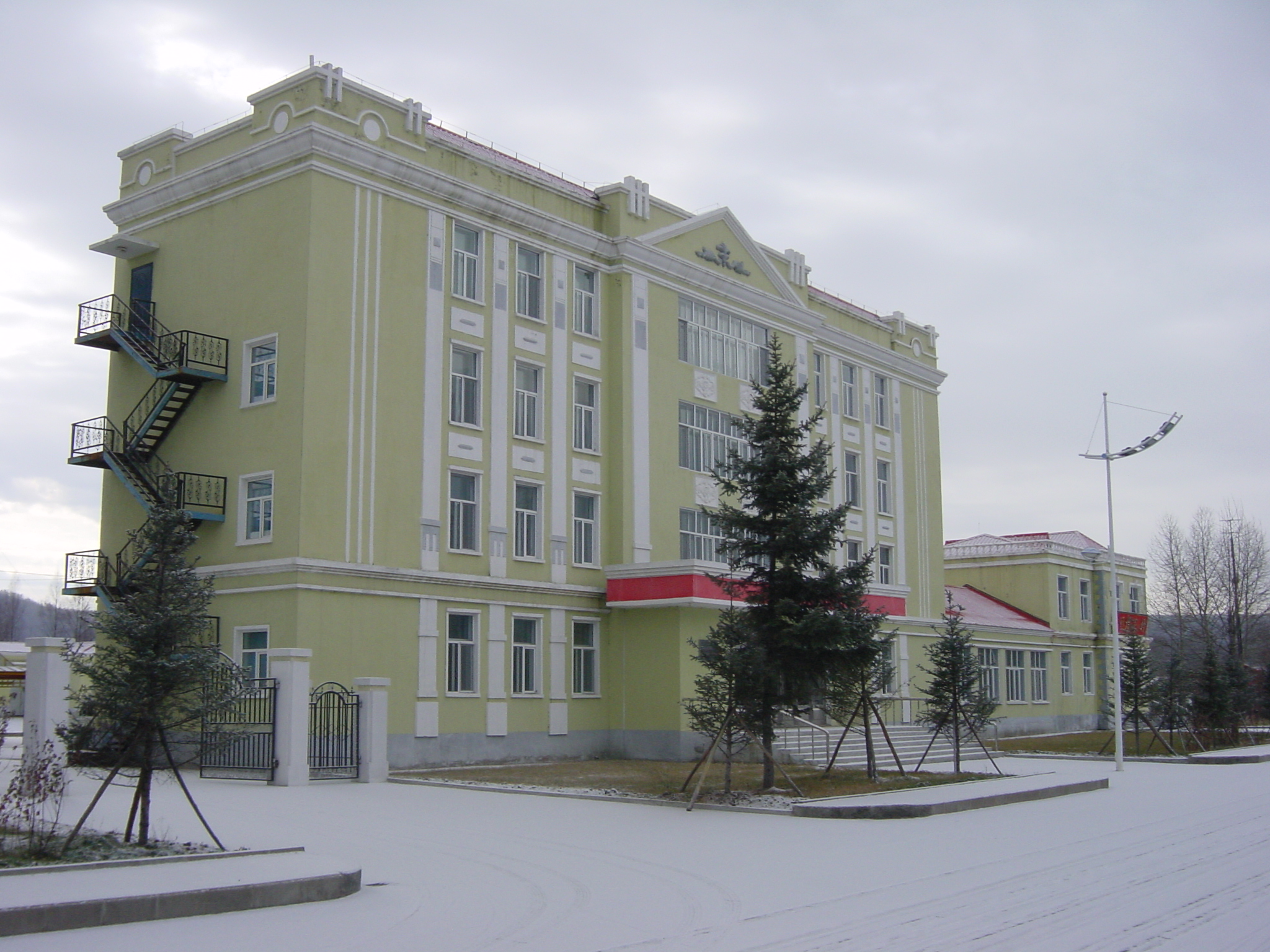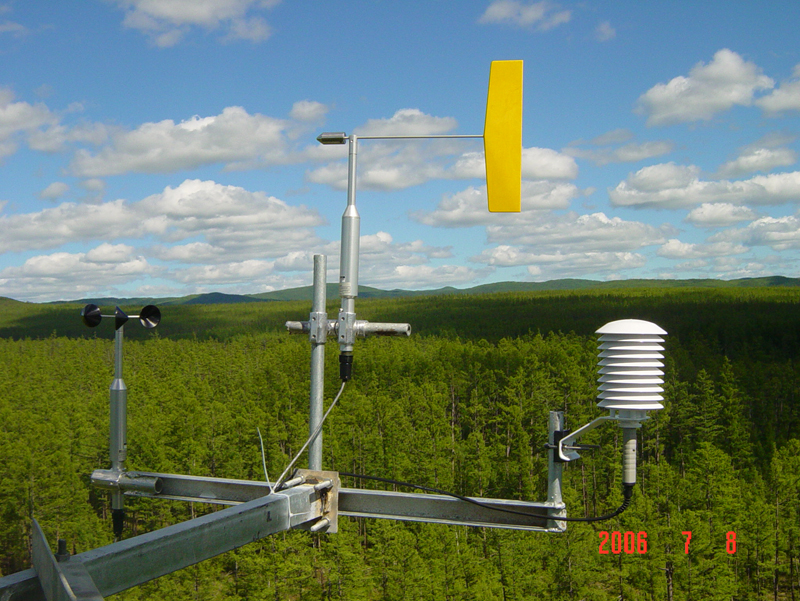IOB, CAS & Huzhong National Nature Reserve in the Heilongjiang Province Chinese BFERS
Located in the Huzhong National Nature Reserve in Heilongjiang province (51˚46΄52″N, 123˚01΄04″E), the largest reserve for the boreal forest ecosystem in China, The station is in a continental monsoon climate with an annual mean temperature of -4.4 ℃. The annual frost-free period is 80~100 days. The annual precipitation is about 481.6 mm. The soil type is brown coniferous forest soil. The original vegetation type is boreal forest, dominated by Larix gmelinii. The fluxes of carbon, water, heat and related meteorological factors are studied over the long term with use of an eddy covariance technique (CSAT3/LI-7500) and micrometeorological gradient observation system. The research in the station involves the dynamic regularity of the structure, function and biodiversity of the boreal forest ecosystem; impacts on climate change and its adaptability and fragility to climate change; global change and the carbon cycle in the boreal forest ecosystem; ecological mechanisms of the interactions among the boreal forest, humans and the environment; a land-surface process model, parameterization of surface flux and the process of the atmospheric boundary layer; and a forestry strategy of sustainable management and its ecological evaluation and regulation.

Laboratory building, four floors and 1500 m2, including laboratory, office, apartment and meeting room

Forest near the station

Forest microclimate monitoring system
IOB, CAS & Huzhong National Nature Reserve in the Heilongjiang Province Chinese BFERS
Located in the Huzhong National Nature Reserve in Heilongjiang province (51˚46΄52″N, 123˚01΄04″E), the largest reserve for the boreal forest ecosystem in China, The station is in a continental monsoon climate with an annual mean temperature of -4.4 ℃. The annual frost-free period is 80~100 days. The annual precipitation is about 481.6 mm. The soil type is brown coniferous forest soil. The original vegetation type is boreal forest, dominated by Larix gmelinii. The fluxes of carbon, water, heat and related meteorological factors are studied over the long term with use of an eddy covariance technique (CSAT3/LI-7500) and micrometeorological gradient observation system. The research in the station involves the dynamic regularity of the structure, function and biodiversity of the boreal forest ecosystem; impacts on climate change and its adaptability and fragility to climate change; global change and the carbon cycle in the boreal forest ecosystem; ecological mechanisms of the interactions among the boreal forest, humans and the environment; a land-surface process model, parameterization of surface flux and the process of the atmospheric boundary layer; and a forestry strategy of sustainable management and its ecological evaluation and regulation.

Laboratory building, four floors and 1500 m2, including laboratory, office, apartment and meeting room
Forest near the station 
Forest microclimate monitoring system
